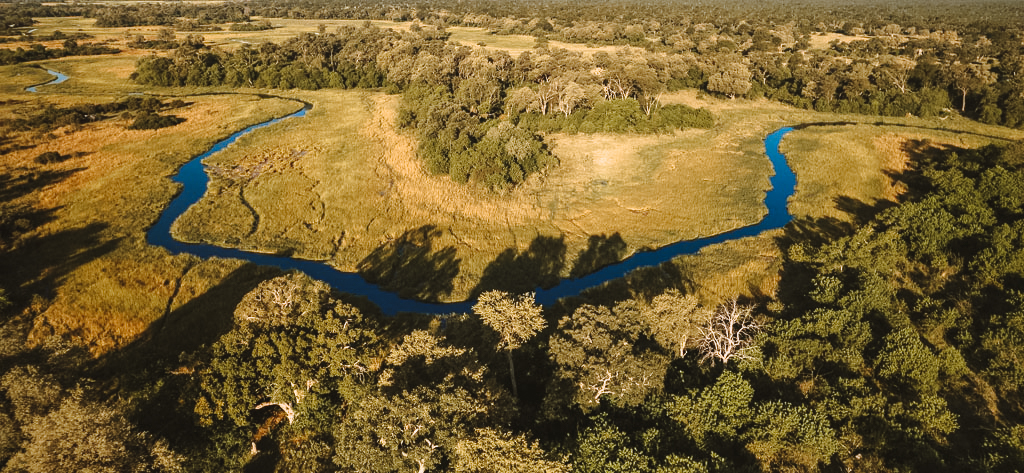Botswana’s vegetation is as diverse as its wildlife, encompassing a rich tapestry of ecosystems that provide habitats for a wide array of plant species. From lush riverine forests to arid grasslands, each region offers its unique botanical wonders.
Here’s an overview of Botswana’s vegetation and why Savuti, Khwai, Linyanti, and Kumaga stand out as prime destinations for botanical enthusiasts:
Vegetation in Savuti
Savuti is characterized by a mix of open grasslands, acacia woodlands, and mopane forests. The landscape is dotted with iconic baobab trees, which provide shade and sustenance for wildlife during the dry season. Along the Savuti Channel, dense riverine vegetation thrives, attracting a variety of bird species and herbivores.
Savuti’s diverse vegetation supports a wide range of wildlife, making it a prime destination for both animal lovers and botanical enthusiasts. The juxtaposition of open plains and wooded areas offers unique opportunities for wildlife photography and birdwatching.
Vegetation in Khwai
Khwai is situated along the Khwai River, surrounded by lush floodplains, woodlands, and marshes. The area is renowned for its towering ebony and leadwood trees, which provide shade and shelter for wildlife. Palm trees line the riverbanks, creating picturesque scenes against the backdrop of the Okavango Delta.
Khwai’s rich vegetation sustains a thriving ecosystem, attracting a diverse range of plant and animal species. The abundance of water and lush vegetation makes it an ideal habitat for elephants, hippos, and a variety of birdlife, offering visitors unparalleled opportunities for wildlife viewing and botanical exploration.
Vegetation in Linyanti
Linyanti is characterized by a mosaic of habitats, including riverine forests, floodplains, and grasslands. The area is dominated by tall grasses and papyrus reeds, which line the banks of the Linyanti River. Baobab trees dot the landscape, while mopane woodlands provide cover for wildlife.
Linyanti’s diverse vegetation supports a high density of wildlife, including large herds of elephants, buffalo, and antelope. The combination of lush riverine forests and open plains creates a dynamic ecosystem that offers exceptional opportunities for wildlife photography and botanical exploration.
Vegetation In Kumaga
Kumaga is situated within the Makgadikgadi Pans, a vast expanse of saltpans and grasslands. During the rainy season, the pans are transformed into a green oasis, with grasses and shrubs sprouting across the landscape. Baobab trees and camel thorn acacias dot the horizon, providing a stark contrast against the salt flats.
Kumaga’s unique vegetation is adapted to thrive in extreme conditions, making it a fascinating destination for botanical enthusiasts. The stark beauty of the salt pans, combined with the vibrant greenery of the wet season, offers photographers and nature lovers a truly unique experience.
Botswana is a Wildlife Haven
Botswana’s vegetation is as diverse as it is beautiful, offering visitors a glimpse into the intricate web of life that sustains the country’s wildlife. From the lush riverine forests of Khwai to the stark beauty of the Makgadikgadi Pans, each region has its botanical treasures waiting to be discovered.
Whether you’re exploring the savannahs of Savuti or the salt pans of Kumaga, Botswana’s vegetation adds a layer of richness and complexity to the safari experience, making it a destination like no other.

